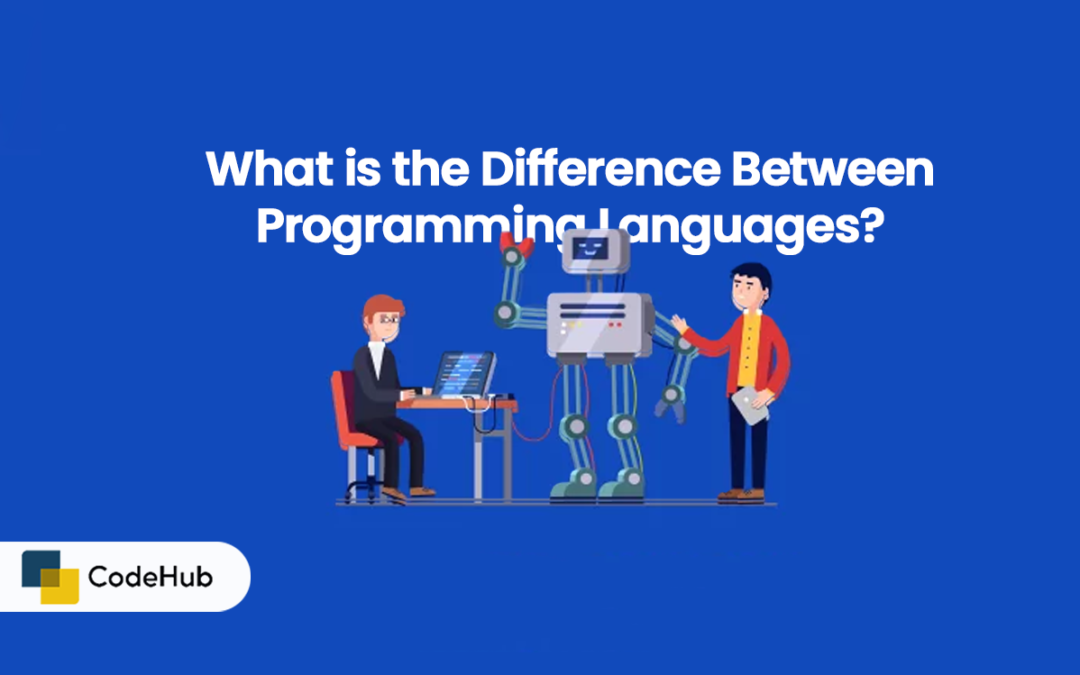Programming languages are languages that humans use to communicate with computers and instruct them to perform certain tasks. Programming languages can vary in their syntax, semantics, features, and paradigms, depending on their design goals, target domains, and intended users. However, not all programming languages are created equal, and some may be more suitable or preferable than others for different purposes or preferences. In this blog post, we will explore the differences between programming languages from the perspectives of two different people: a beginner and an expert.
The Beginner’s Perspective
A beginner is someone who is new to programming and wants to learn the basics of coding and logic. A beginner may have different motivations for learning programming, such as curiosity, education, career, or personal interest. A beginner may also have different challenges and difficulties in learning programming, such as understanding the concepts, syntax, and errors, or finding the resources, guidance, and feedback.
For a beginner, the difference between programming languages may not be very significant or relevant, as long as the language is easy to learn, use, and understand. A beginner may prefer a programming language that has:
- A simple and clear syntax, which means that the rules and structure of the language are easy to follow and write.
- A high-level and expressive semantics, which means that the meaning and functionality of the language are close to natural language and human logic.
- A rich and comprehensive library, which means that the language has a lot of built-in or external modules and functions that can perform various tasks and operations.
- A friendly and supportive community, which means that the language has a lot of users and developers who can provide help, advice, and resources for learning and problem-solving.
Some examples of programming languages that may be suitable for beginners are Python, Ruby, and JavaScript. These languages are widely used and popular, and have many of the features and benefits mentioned above. For example, Python is known for its simple and elegant syntax, its high-level and expressive semantics, its rich and comprehensive library, and its friendly and supportive community.
The Expert’s Perspective
An expert is someone who has a lot of experience and knowledge in programming and wants to create complex and sophisticated software and applications. An expert may have different goals and requirements for programming, such as performance, efficiency, scalability, or security. An expert may also have different preferences and styles in programming, such as readability, modularity, or elegance.
For an expert, the difference between programming languages may be very important and relevant, as it may affect the quality and outcome of the software and applications. An expert may prefer a programming language that has:
- A powerful and flexible syntax, which means that the language allows the programmer to write concise and expressive code, and to use different paradigms and features, such as functional, object-oriented, or imperative.
- A low-level and efficient semantics, which means that the language is close to the machine code and hardware, and can optimize the performance and resource usage of the software and applications.
- A robust and secure library, which means that the language has a lot of reliable and tested modules and functions that can handle various tasks and operations, and that can prevent or handle errors and exceptions.
- A professional and competitive community, which means that the language has a lot of skilled and experienced users and developers who can provide feedback, collaboration, and innovation for the software and applications.
Some examples of programming languages that may be suitable for experts are C, C++, and Java. These languages are widely used and respected, and have many of the features and benefits mentioned above. For example, C is known for its powerful and flexible syntax, its low-level and efficient semantics, its robust and secure library, and its professional and competitive community.
Conclusion
In the vast realm of programming languages, each carries its own unique dialect, inviting users into a world where creativity meets functionality. From the simplicity of Python’s syntax to the robustness of C++, every language offers a gateway to unlocking the boundless potential of technology.
For the beginner, navigating this linguistic landscape may feel akin to stepping into a bustling marketplace of unfamiliar tongues. Yet, with patience and persistence, the journey becomes an adventure of discovery. Like a novice explorer charting new territories, each line of code becomes a milestone, marking progress towards mastering the art of programming.
Conversely, the expert strides confidently through this digital labyrinth, wielding languages like seasoned craftsmen wielding their tools. With a deep understanding of syntax, semantics, and paradigms, they sculpt intricate solutions to complex problems, weaving logic and creativity into elegant algorithms.
But amidst this diversity lies a common thread: the universal language of innovation. Whether one is a novice embarking on their coding odyssey or a seasoned veteran pushing the boundaries of what’s possible, the essence of programming transcends syntax and semantics. It is a medium through which ideas take flight, dreams become reality, and the future unfolds before our eyes.
So let us embrace the diversity of programming languages, for within their intricacies lie the building blocks of tomorrow’s innovations. Whether we speak in the simplicity of Python, the elegance of JavaScript, or the power of C++, let us continue to push the boundaries of what’s possible and shape a future limited only by our imagination.

